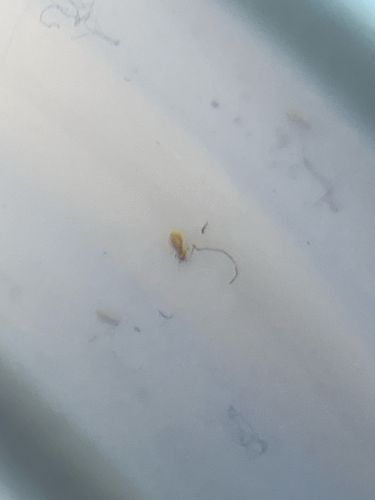Springtail
Scientific Name: Class Collembola
Order & Family: Order Poduromorpha, Entomobryomorpha, Symphypleona, Neelipleona (Class Collembola includes several families)
Size: Typically 0.2 mm to 10 mm, most commonly 1-3 mm.

Natural Habitat
Damp, dark environments with decaying organic matter, such as soil, leaf litter, under bark, in compost piles, and often indoors in bathrooms, kitchens, and basements.
Diet & Feeding
Decomposers; they feed primarily on decaying organic matter, fungi, algae, bacteria, and sometimes plant roots.
Behavior Patterns
Springtails are known for their ability to 'spring' or jump using a tail-like appendage called a furcula located on their abdomen. They are detritivores, playing an important role in nutrient cycling in ecosystems. They thrive in high humidity and are often found in large numbers.
Risks & Benefits
Benefits: They are beneficial decomposers, contributing to soil health and nutrient cycling. They can also serve as food for other small creatures. Risks: Generally harmless to humans, pets, and healthy plants. However, in large numbers indoors, they can be a nuisance. Some species may occasionally feed on tender plant roots or seedlings, especially in damp conditions, but significant damage is rare.
Identified on: 9/17/2025